 |
| Spring is bustling |
Let's try to make a comparison, put the future city of Hue under the Central Government next to the capital Hanoi, Ho Chi Minh City or even Hai Phong, Da Nang and Can Tho, it will be easy to see the disadvantages of having the largest area, while the population and economic scale are in the opposite direction. The disadvantage can also be seen when compared with many large cities in the country.
However, history has created Hue , a unique land of Vietnam. With its important location, poetic and charming river and mountain shapes, Hue has always been chosen by previous kings to build into an urban area, from the capital of Dang Trong (1636 - 1775) to the capital of Tay Son and Nguyen dynasties (1788 - 1945). Obviously, the foundation of Hue's cultural values as well as the value of the ancient capital heritage is the difference, the specificity and a plus point for Hue in its goal of striving to become a city directly under the Central Government.
Hue currently has 7 heritages recognized by UNESCO as world heritages and regional heritages, including 5 heritages of Hue alone, including: Complex of Hue Monuments (1993), Vietnamese Royal Music - Nha Nhac (2003), Woodblocks of Nguyen Dynasty (2009), Royal Records of Nguyen Dynasty (2014), Poetry on Hue Royal Architecture (2016). Two heritages shared with other localities: Practice of worshipping the Mother Goddess of the Three Palaces (2016), Central Vietnam's Bai Choi Art (2017). The whole province currently has nearly 1,000 relics, including 3 special national relics, 88 national relics and 90 provincial relics.
The dense heritage density is the basis for many researchers to comment that Hue is a masterpiece poem of urban architecture, an exclusive city that holds priceless treasures, a strange museum of the material and spiritual culture of Vietnam. According to Associate Professor, Dr. Dang Van Bai, Vice Chairman of the National Heritage Council, Hue deserves to be a heritage city. However, this is a new concept, not yet included in the Law on Cultural Heritage. The Ministry of Culture, Sports and Tourism needs to clarify this concept and include the concept of "heritage city" or "heritage urban area" in the upcoming revised Law on Heritage. This will make it easier to issue specific policies for Hue.
Building and successfully organizing the Hue Festival for more than 20 years is a prominent mark of Hue in promoting the advantages of cultural heritage. Affirming the nature of the Hue Festival as a cultural festival, Mr. Phan Thanh Hai, Director of the Department of Culture and Sports of Thua Thien Hue province, said that Hue's greatest strength is culture and heritage, so exploiting the potential of heritage as material for the festival is the most important point. Through what has been achieved, it is hoped that Hue will soon add its name to the map of famous festival cities in the world, such as the Avignon Festival of France, the Adelaide Festival of Australia, or the Edingburgh Festival of England...
Hue has chosen cuisine, one of the seven creative fields, to join the UNESCO Creative Cities Network (UCCN). UCCN was established to promote cooperation between honored cities, aiming to promote "cultural resources" and "cultural creativity" as the foundation for sustainable urban development. Hue cuisine has up to 1,700 out of 3,000 Vietnamese dishes recorded in the Nguyen Dynasty's Code of Conduct with many diverse forms from royal to folk and is closely linked to the cultural space of the Ancient Capital. It is the passion and talent of generations of Hue cultural owners that have elevated Hue culinary culture to a superior level.
After all, the Project “Hue - Capital of Ao Dai” is a story of reviving a traditional cultural heritage, bringing that heritage into contemporary life. With the work done, such as building a dossier of national intangible cultural heritage, moving towards building a dossier to submit to UNESCO to recognize Hue Ao Dai as an intangible cultural heritage of humanity; building tours and tourism products associated with Hue Ao Dai; launching, encouraging and expanding the movement of wearing Ao Dai in traditional festival and ritual spaces... the image and brand of Hue Ao Dai and the Ancient Capital of Hue truly become the Capital of Vietnamese Ao Dai.
Hue Festival, the Culinary Capital or Ao Dai Capital projects are outstanding activities of Thua Thien Hue in the journey of building and striving to become a centrally-governed city on the basis of promoting Hue cultural values as well as the values of the ancient heritage capital. Thua Thien Hue is also implementing the development of smart urban areas, green, sustainable urban areas, responding to and adapting to climate change... according to urban development trends in the country and the world.
It is still remembered that at the working session with the provincial leaders in early July 2020, Party Central Committee member and Vice Chairman of the National Assembly Phung Quoc Hien said that Thua Thien Hue needs to soon complete the criteria set for a cultural heritage city with the characteristics of Hue, thereby proposing specific mechanisms and policies to report to the Government and submit to the National Assembly Standing Committee and the National Assembly for consideration as soon as possible. Building a specific mechanism, after all, is also aimed at protecting and promoting the unique values of the ancient heritage capital, thereby creating a foundation for the city of Hue under the Central Government in the spirit of Resolution 54 of the Politburo.
Source





![[Photo] Party and State leaders visit former President Tran Duc Luong](https://vphoto.vietnam.vn/thumb/1200x675/vietnam/resource/IMAGE/2025/5/24/960db9b19102400e8df68d5a6caadcf6)
![[Photo] Ho Chi Minh City holds funeral for former President Tran Duc Luong](https://vphoto.vietnam.vn/thumb/1200x675/vietnam/resource/IMAGE/2025/5/24/9c1858ebd3d04170b6cef2e6bcb2019e)

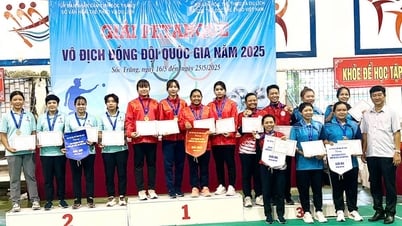
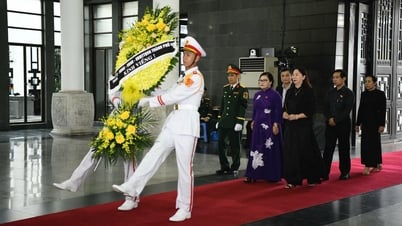

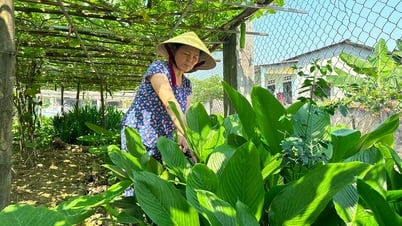


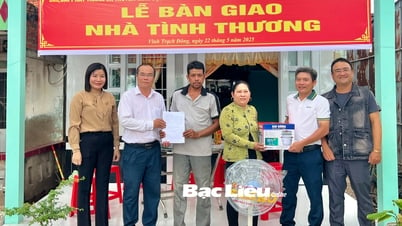







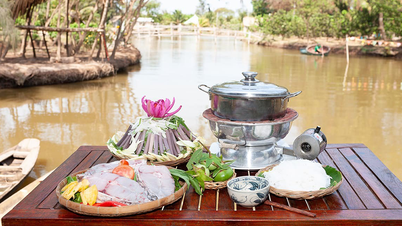
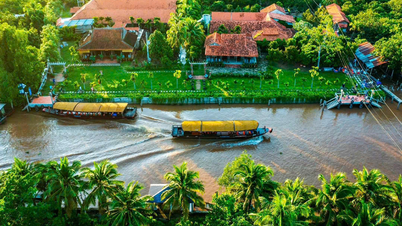
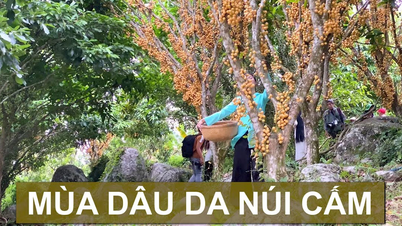
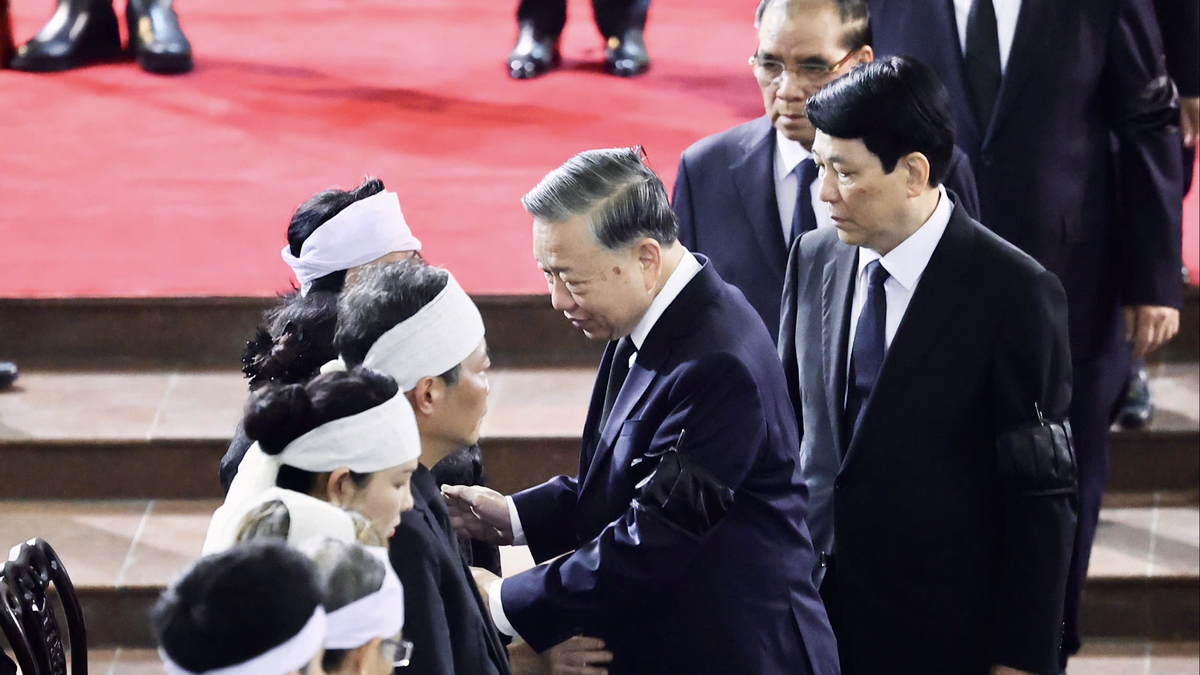











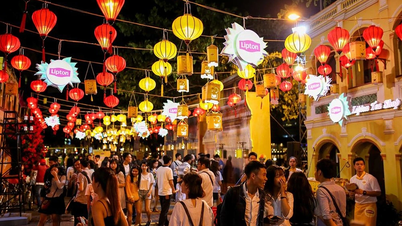























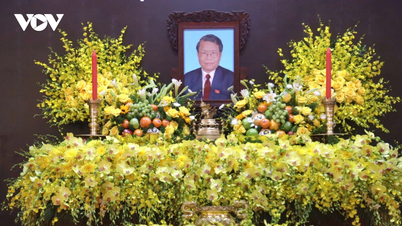
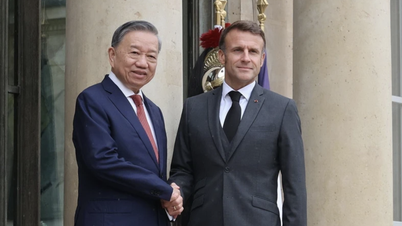
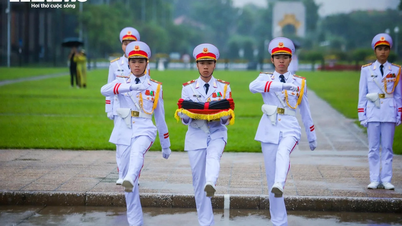










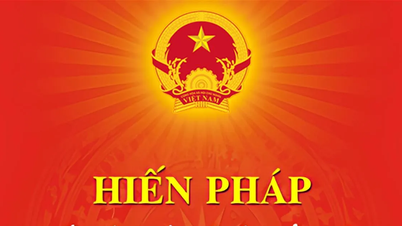

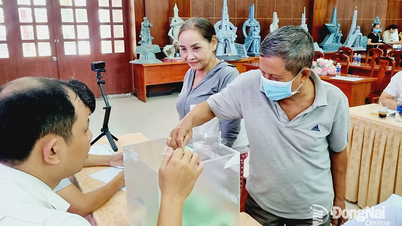

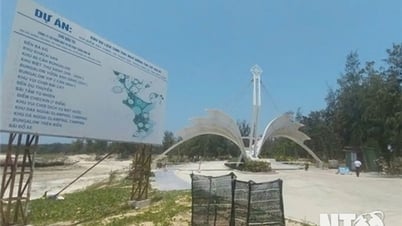

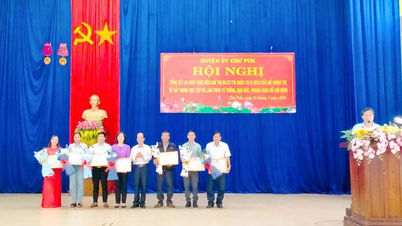

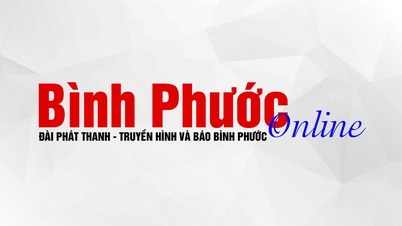













Comment (0)